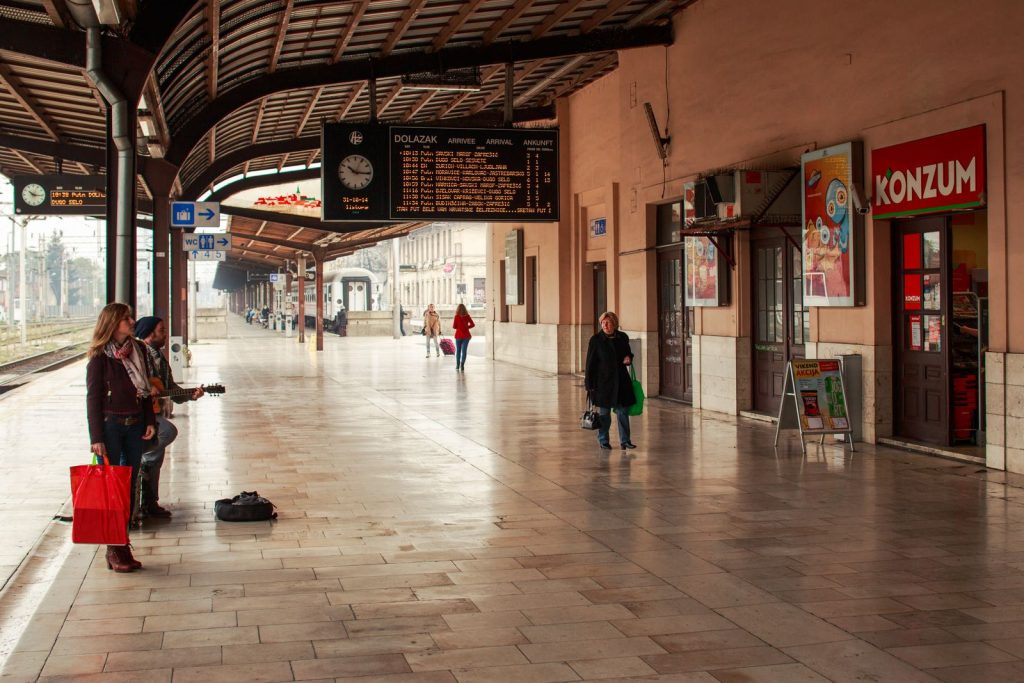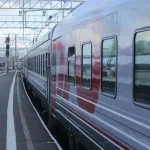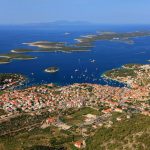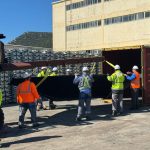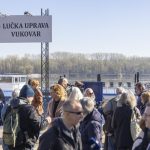As Poslovni Dnevnik/Marija Crnjak writes, it is practically impossible to avoid running into crowds and chaos in passenger traffic during the summer season, especially this one which has been almost entirely created as a result of the increased demand for services which had been previously devastated by the global coronavirus pandemic.
Not only that, more than ever, the focus of decision-makers has fallen on trains and railways, a form of travel that is both cheaper and more sustainable than airplanes, and could fulfill the growing needs of Europe’s increasing need for mobility for either work or for holidays and tourism.
Passenger demand has also increased, which we can also see happening here in Croatia, and this country, as expected, the facilities are far from ready to meet the needs of the market – photos of exhausted passengers at stations are a daily occurrence in the media. At the same time, Croatia is also late for one important proverbial train. The vision for Europe’s high-speed rail network was outlined in France back at the end of June by rail industry leaders, with the ambitious goal of doubling high-speed rail use by the year 2030 and tripling current levels by 2050.
This is only possible with the massive and accelerated expansion of the high-speed railway network, with a significantly greater focus on traffic between countries, which will be the biggest obstacle, according to experts who have been discussing it more and more intensively over more recent days in the world’s leading media.
The good news is that Europe already has thousands of kilometres of dedicated high-speed rail, but it is mainly focused on its respective domestic markets, although there are also cross-border success stories such as Paris-Lyon, Milan-Rome, Barcelona-Madrid and the Berlin-Munich lines. What’s the situation here in Croatia, though? This country has ongoing issues with trains, from very serious financial ones to situations in which drivers don’t turn up for work, or dispatchers fall asleep on the job. With all of this firmly in mind, is the idea of a Croatian fast train network nothing more than a dream?
Why don’t we have more trains? Building lines across international borders, even within the European Union (EU), brings with it some numerous challenges – who pays for what, how contracts are awarded and to whom, how might we resolve conflicting national standards and regulations… Moreover, even where international high-speed lines have been built, often at an absolutely enormous cost, national loyalties, suffocating bureaucracy and high fees are obstacles to using the full potential of these existing lines.
It is good, however, that the awareness for such a project within the European Union is now very high, and thus the will appears to be there. If the bloc wants to continue developing tourism and strengthen itself as the business center of Europe, Croatia and the idea of a Croatian fast train network will have to get on that train before it leaves the station. Whether or not that will ever happen with Croatia’s love of a snail’s pace and red tape, remains to be seen.
For more, make sure to check out our dedicated lifestyle section.

